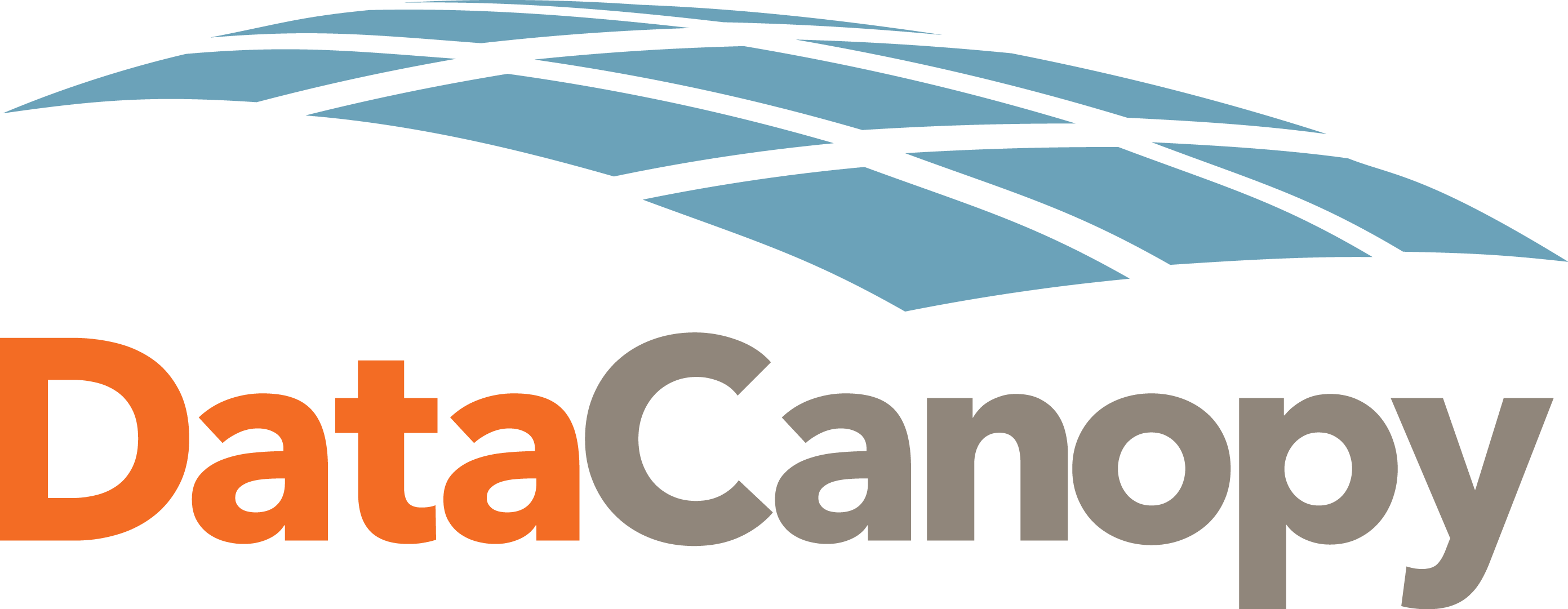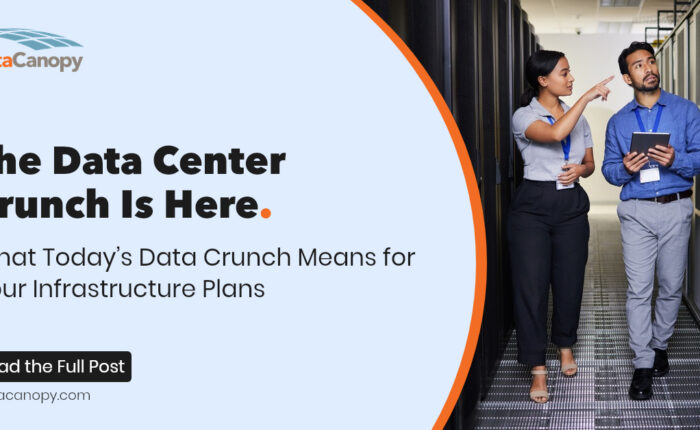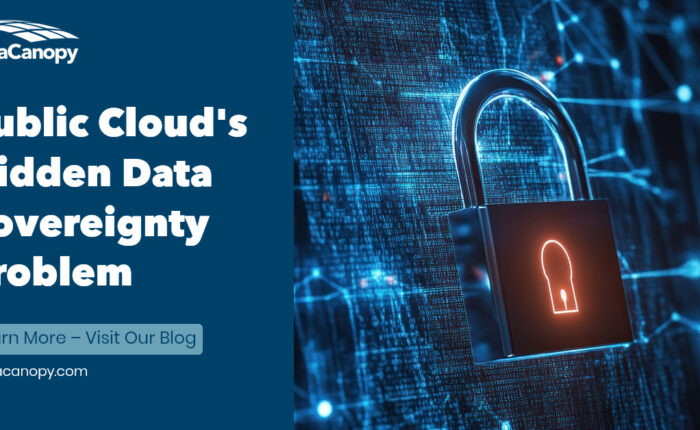For many organizations, the cloud brings new challenges. In particular, industries such as government, healthcare, and financial services must overcome cloud implementation and monitoring challenges as well as comply with a host of regulations for the care and storage of their data and its environment. Migrating to the cloud can be a daunting challenge, before you start migrating your workloads, the first step is to identify the cloud mix — public, private and hybrid — that satisfies your organization’s unique needs.
In our blog post today we have outlined three reasons why a “one-size-fits-all approach” may be wrong for your organization:
1. Your cloud should reflect your workloads.
Very few companies have only a single need when it comes to their data workload. An example would be a financial company might house account information and transactional data in a private cloud, while keeping long-term storage or development servers in a public cloud.
The beauty of migrating your workload and data to a hybrid cloud management system is that you don’t have to overpay for dedicated storage when you don’t need it. And you won’t have to sacrifice that extra layer of protection when you do.
Every cloud solution should be flexible and scalable to fit your needs.
2. Your cloud should reflect your ecosystem.
We often talk about cloud in terms of software-as-a-service (SaaS) or infrastructure-as-a-service (IaaS). The reality is that the cloud is about more than applications and servers. The cloud needs to encompass your entire business ecosystem — the end-to-end lifecycle of your business operations. This ecosystem includes how you connect with employees, partners and customers. And that’s where networks come in. Many CIOs and IT professionals think of the cloud primarily as servers and storage. But whenever you have a performance bottleneck in the cloud, it’s almost always the network.
In fact, the best way to improve cloud performance without dramatically raising costs is to optimize the network. And the most effective way to achieve that is to look at your ecosystem.
Key questions to ask:
- Where are your end users, and which data centers are they using?
- What’s the proximity of your telco carrier, and how many other companies are using that telco in that location?
With these questions, you can assess the right network that can potentially improve latency by 30 to 40 percent over less-aligned carriers — often without incurring higher monthly costs.
3. Your cloud should be outcome-focused.
Ultimately, the cloud that’s right for you is the cloud that enables the outcomes you want. When you drive to the office in the morning, you can take several routes, but not all are equally efficient. Likewise, with cloud data management, no single route will address all of your needs to grab a cup of coffee, pick up the cleaning, fill up the tank, or drop your kids off at school. Similarly, you likely need a combination of public and private infrastructures to adequately address the various scenarios that your business will experience.
What’s the right mix? The answer depends on a wide variety of factors, including industry, location, workload, and regulation/governance. Even the prevalence of cloud-ready (versus legacy) applications that run your business is a key factor, as applications that were not designed to be virtualized may need to reside on a dedicated physical server in order to continue providing acceptable performance. While virtual machines can be created quickly, decisions about which virtual machines to create and where should be made in a thoughtful manner.
To that end, every organization needs a trusted cloud advisor. A trusted cloud advisor can assist you with a vision for what your organization can achieve in the cloud and offer you the best solutions to fit your data management needs.
Naturally, you can go to any number of persons or companies to get this input on your strategy – including a hardware manufacturer, software vendor, or SaaS provider. Of course, you will not be surprised when they determine that your environment is a perfect fit for their particular hardware, software, or SaaS service.
With Data Canopy and our network of trusted agents and partners, we work with our clients to ensure we create the cloud management solution that fits your organization, and not just a cookie cutter solution. Whether you need first-time access to a cloud provider, fast and secure access to multiple clouds, or to reduce expenses, Data Canopy’s hybrid infrastructure solutions can get you there. In addition to private cloud and colocation hosting options, Data Canopy’s Canopy Connect offers multiple options to connect to the hyperscale providers in order to immediately reduce the expense of saving data to multiple clouds, and reduce egress fees dramatically. Learn how Canopy Connect can give you an affordable multi-cloud solution and cut egress fees in half.
When implementing a hybrid or multi-cloud solution, organizations often struggle with managing costs, maintaining compliance, and ensuring security. By following best practices in the planning and implementation of a hybrid or multi-cloud environment, you can protect your organization against those and other challenges.



